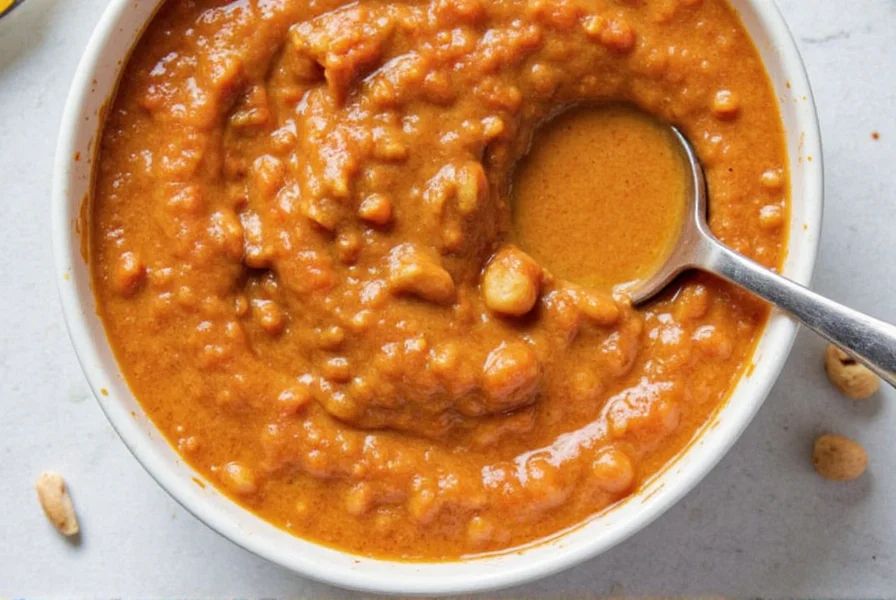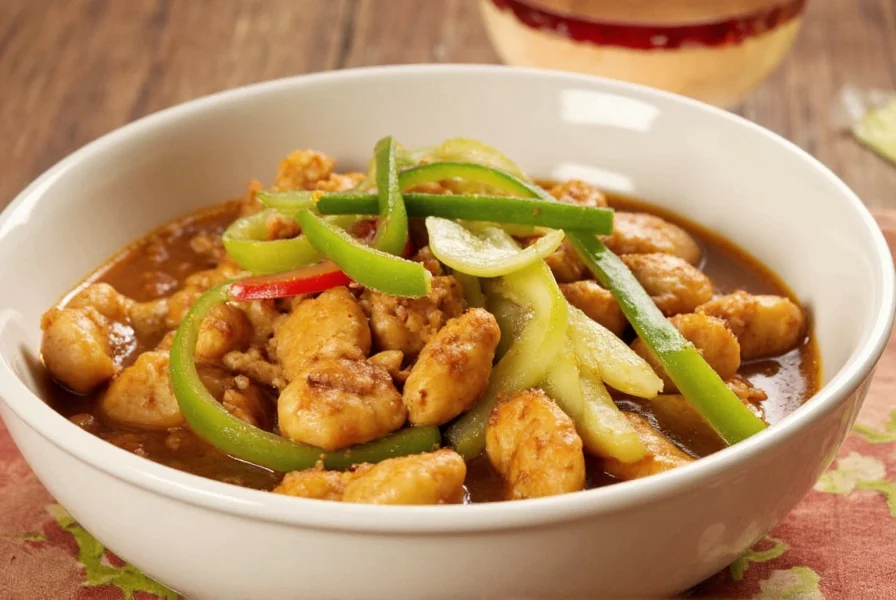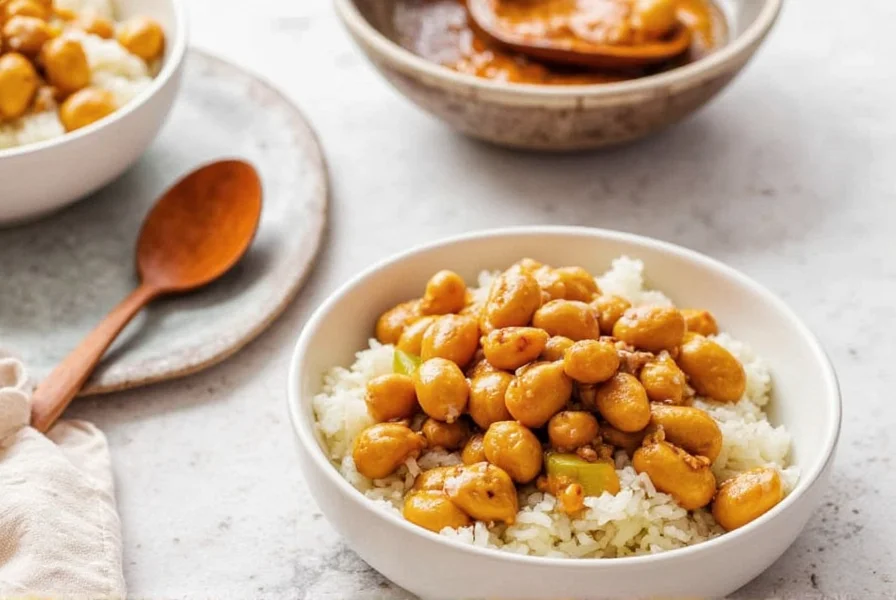Peanuts Satay Sauce: A Global Flavor Adventure in Every Spoonful
When it comes to spicy, nutty, and creamy flavors, there’s one sauce that has captured the hearts of food lovers around the world: peanuts satay sauce. This rich and aromatic condiment is more than just a dip—it's a cultural ambassador, representing the diverse spice traditions of Southeast Asia, the Middle East, and beyond. Whether you're a seasoned spice enthusiast or just starting your flavor journey, this guide will take you on a delicious tour of what makes peanuts satay sauce so special.
Table of Contents
- Practical Tips for Making and Enjoying Peanuts Satay Sauce
- Cultural Insights: The Global Journey of Peanuts Satay Sauce
- Buying Guide: Choosing the Best Peanuts Satay Sauce for Your Needs
- Conclusion
Practical Tips for Making and Enjoying Peanuts Satay Sauce
Whether you're making it from scratch or buying a store-bought version, here are some practical tips to elevate your peanuts satay sauce experience:
- Use fresh ingredients: Freshly roasted peanuts give the sauce a richer, more aromatic flavor. Avoid pre-packaged peanuts that may have lost their crunch and freshness.
- Adjust the consistency: If your sauce is too thick, add a splash of water, coconut milk, or soy sauce to achieve the perfect pourable texture.
- Experiment with spices: While traditional recipes use garlic, chili, and tamarind, feel free to add a pinch of cumin, coriander, or even smoked paprika for a unique twist.
- Pair it wisely: Peanuts satay sauce pairs beautifully with grilled meats, vegetables, skewers, and even as a base for stir-fries or marinades.
- Store it properly: Keep homemade sauce in an airtight container in the refrigerator for up to a week. Store-bought versions should be consumed by the expiration date.
Cultural Insights: The Global Journey of Peanuts Satay Sauce
Although peanuts satay sauce is most commonly associated with Indonesian and Malaysian cuisine, its roots run deeper and broader than you might expect. Let’s explore how this sauce has evolved across different cultures:
Indonesian Origins
The classic satay (or sate) is a beloved dish in Indonesia, consisting of skewered and grilled meat served with a rich peanut-based sauce. The sauce typically includes ground peanuts, chili, garlic, and a touch of tamarind or lime. It's a staple at street food stalls and family gatherings, symbolizing community and celebration.
Thai Adaptations
In Thailand, the satay sauce often takes on a spicier and more acidic profile, incorporating lemongrass, galangal, and lime juice. Thai peanut sauce is sometimes used as a dipping sauce for noodles, dumplings, or spring rolls, offering a balance of heat, sweetness, and tanginess.

Middle Eastern Influence
While not traditionally part of the same cuisine, the concept of nut-based sauces can be found in the Middle East, particularly in dishes like hummus or baba ghanoush. Some modern fusion chefs have started blending elements of satay sauce into these traditional dips, creating exciting new flavor combinations.

American and Global Fusion
In recent years, peanuts satay sauce has gained popularity in Western kitchens, especially among those who enjoy Asian-inspired cooking. It's now used in everything from burgers to tacos, proving that this sauce is truly a global favorite.
Buying Guide: Choosing the Best Peanuts Satay Sauce for Your Needs
If you're looking to buy a ready-made peanuts satay sauce, here are some key factors to consider:
| Feature | Product A | Product B | Product C |
|---|---|---|---|
| Ingredients | Roasted peanuts, chili, garlic, soy sauce | Ground peanuts, coconut milk, lemongrass, turmeric | Raw peanuts, tamarind, red curry paste, lime |
| Flavor Profile | Nutty, slightly sweet, mildly spicy | Creamy, tangy, aromatic | Rich, sour, bold |
| Best For | Grilled meats, skewers, dipping | Noodle dishes, rice bowls, stir-fries | Marinating, sauces, dressings |
| Target Audience | Spice lovers, casual diners | Cooking enthusiasts, health-conscious eaters | Chefs, adventurous eaters |
| Suitable Occasions | Parties, street food, barbecues | Family dinners, lunch boxes, quick meals | Cooking classes, restaurant menus, special events |
Product A is ideal for those who want a classic, straightforward sauce with a balanced flavor. Product B offers a more exotic, creamy texture, perfect for those who enjoy Thai-style flavors. Product C delivers a punchier, more intense taste, great for adding depth to your cooking.
Conclusion
Peanuts satay sauce is more than just a condiment—it’s a reflection of global spice traditions, a bridge between cultures, and a versatile ingredient that can transform any dish. Whether you’re making it from scratch or choosing a store-bought version, the key is to embrace the flavors and let them take you on a journey around the world. So next time you reach for a bottle of peanuts satay sauce, remember: you're not just adding flavor—you're adding history, culture, and a little bit of magic to your meal.











 浙公网安备
33010002000092号
浙公网安备
33010002000092号 浙B2-20120091-4
浙B2-20120091-4